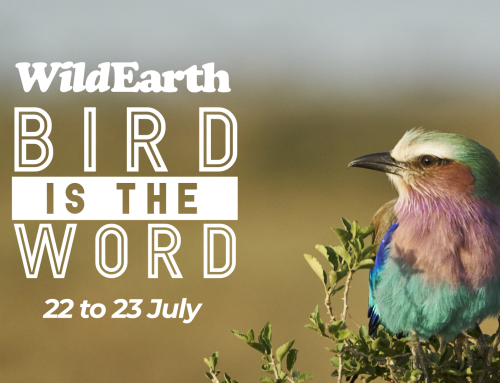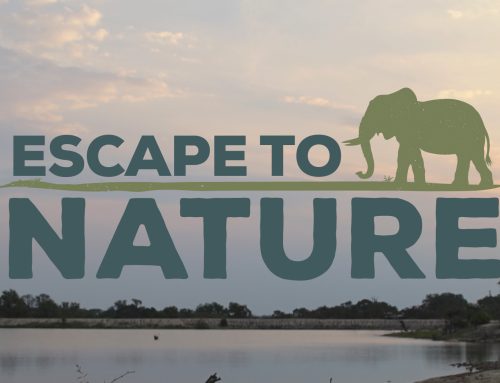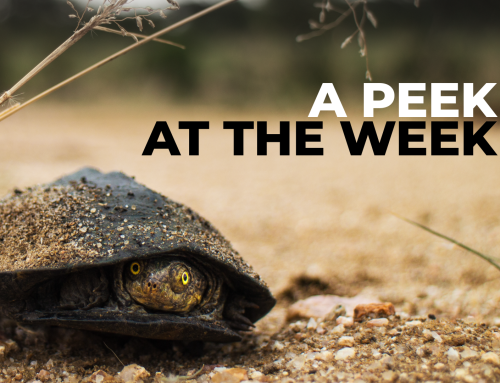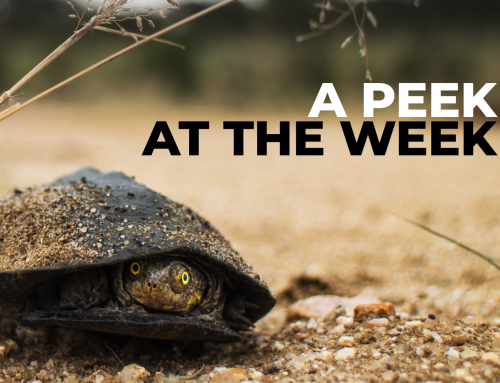Since the beginning of time, snakes have had a bad reputation being deemed evil, sly and deadly. When speaking about one’s fears in life, most often snakes are at the top of the list. There are many misconceptions about these long, slithery, legless creatures but hopefully, with some ‘snake education’, accompanied by an open mind, another side of snakes will be revealed that will give the snake skeptics something to think about.
Snakes have fascinated civilizations for thousands of years and are considered a powerful mythological creature in many cultures. Most of these fascinations stem from a deeply rooted fear humans have of these cold-blooded reptiles. Not all human fear is rational or instilled by firsthand experience. The most interesting fact about snakes is that they are naturally shy and reclusive. Much of their lives are spent avoiding conflict and especially avoiding encounters with humans. The platitude ‘snakes are more afraid of you than you are of them’ is true. They will do their best to stay out of our sight and out of our path.
World Snake Day is an opportune time to get to know snakes better. This day of recognition was established to help people learn more about these misrepresented reptiles and to highlight the vital role they play in the balance of nature.
Here are some ‘snake facts’ that will reveal the many facets of snakes that most often are not known by the majority of people:
- There are about 3,458 known species of snakes living in almost every climatological region in the world – from the humid rainforests of South/ Central America and Southern Asia to the icy Tundra, and of course right here in the bushveld of South Africa.
- Snakes play a vital role in maintaining the wellbeing, sustainability and biodiversity of various ecosystems. Not only are snakes beneficial for the natural environment but humans, without even realising it, benefit a substantial amount from these scaly creatures too.
- Everything in nature is interdependent. A flourishing ecosystem depends on balance. Snakes being middle-order predators are essential for maintaining that balance and an interconnected food web.
- Most snakes are ambush predators using their highly developed senses of sight, taste, hearing and touch to locate, identify and strike their prey. They are efficient hunters, killing their prey swiftly and only killing what they require to survive.
- Snakes use venom (or modified saliva) to subdue and kill their prey. Snakes who do not produce venom use their highly powerful muscular bodies to squeeze the life out of their prey instead. These snakes are known as constrictors.
The visualisation of being paralysed whilst a snake consumes or slowly squeezes one to death is why most people feel justified in their fear of these animals. However, instead of being fearful why not see the unique capabilities of snakes as a highly successful design of nature? Snakes play an important role in keeping pests such as rodents at bay. Their feeding habits act as nature’s form of pest control and keeps the food chain operating as it should. With the continuous destruction of habitat, largely due to a rapidly growing human population, snake numbers are dwindling. This will not only have a lasting effect on various snake species, but also other animals who rely on snakes as their main source of food. The survivability of various animals will be at risk if the intricate food chain is compromised.
Humans and snakes can co-exist harmoniously if we treat these serpents with respect and appreciation for all that they are. If you accidentally surprise a snake and get too close, keep still, and move away slowly. Don’t panic. They are more scared of us than we are of them. And always remember – at the end of the day, the world’s most dangerous animal is the human being, so worry more about them than about snakes.
Written by: Jenna Coyle






[…] education is critical for children, and in fact World Snake Day on the 16th July seeks to draw the world’s attention to the importance of the snakes role in the […]